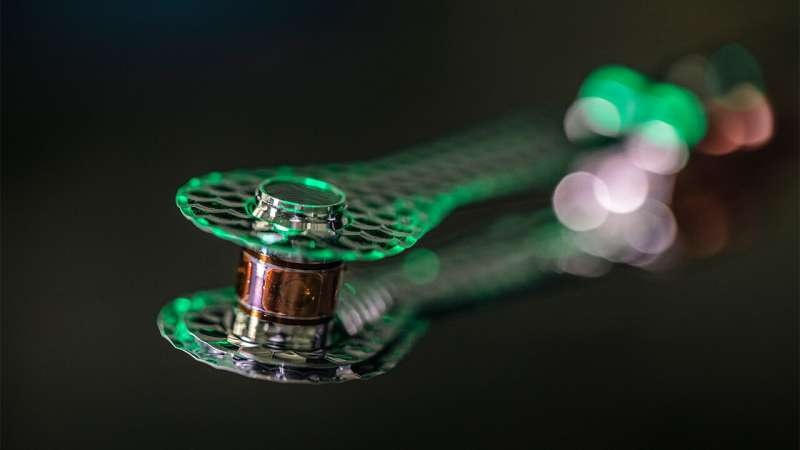Researchers at Lawrence Livermore National Laboratory have made a breakthrough in understanding and resolving the long-standing ‘drive-deficit’ problem in inertial confinement fusion experiments. This discovery has the potential to pave the way for more accurate predictions and improved performance in fusion energy experiments.

Unravel the Enigma of Fusion
While ICF represents one of the most compelling paths to fusion energy, researchers have grappled with a longstanding problem named the ‘drive-deficit’. Experiments at the NIF employ a hohlraum that converts laser energy into X-rays which then compresses a fuel capsule to create fusion.
For decades, simulations have predicted that an X-ray energy that drives the implosion must be higher than what has been measured in experiments. In the neutron production phase (measured in peak neutron output time, or ‘bangtime), this came out to about a 400-picosecond advance compared to when it was modeled and predicted. It worked well, though there was a catch — researchers had to artificially reduce the laser drive in the simulations to get the observed bangtime; a discrepancy they called ‘drive-deficit’.
Unveiling the Solution
A team of Lawrence Livermore National Laboratory (LLNL) physicists, including Hui Chen, with colleagues Tod Woods and others believes it has finally figured out how to solve the problem once and for all.
In the Physical Review E paper, the team reports that predictive models have been concluding too many X-rays were coming out of the hohlraum for a given set of energy levels in terms of what the gold was supposed to be doing. The models improve reproducing the observed X-ray flux between 1 and 100 keV as well, in that energy range and all X-rays combined, by reducing X-ray absorption and emission there, hence removing most of the drive deficit. Since the rates of some of the atomic processes are very uncertain, this indicates where our models for gold need to be improved. Because of the improved simulation of the radiation-hydrodynamic behavior, they were able to make better predictions and optimizations for performance in their deuterium-tritium fuel capsules in the facility.
Conclusion
For the researchers at Lawrence Livermore National Laboratory, this is another beacon of hope on the way to fusion energy. Accelerating the most accurate simulations achieved to date, along with relief from its long-standing “drive-deficit” problem means that ICF scientists will be able to use better-designed experiments by ICF and HED for new ideas in fusion energy.
